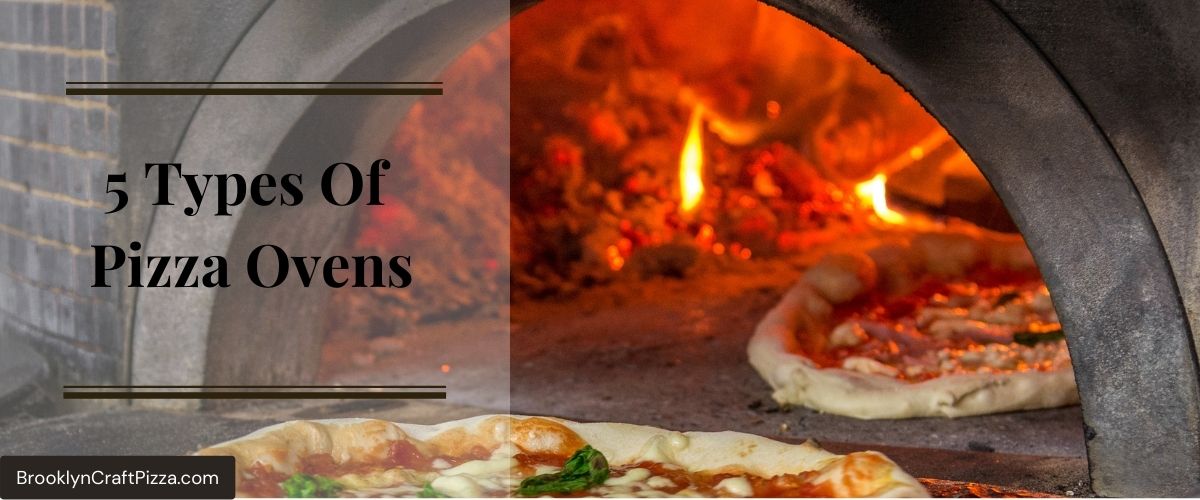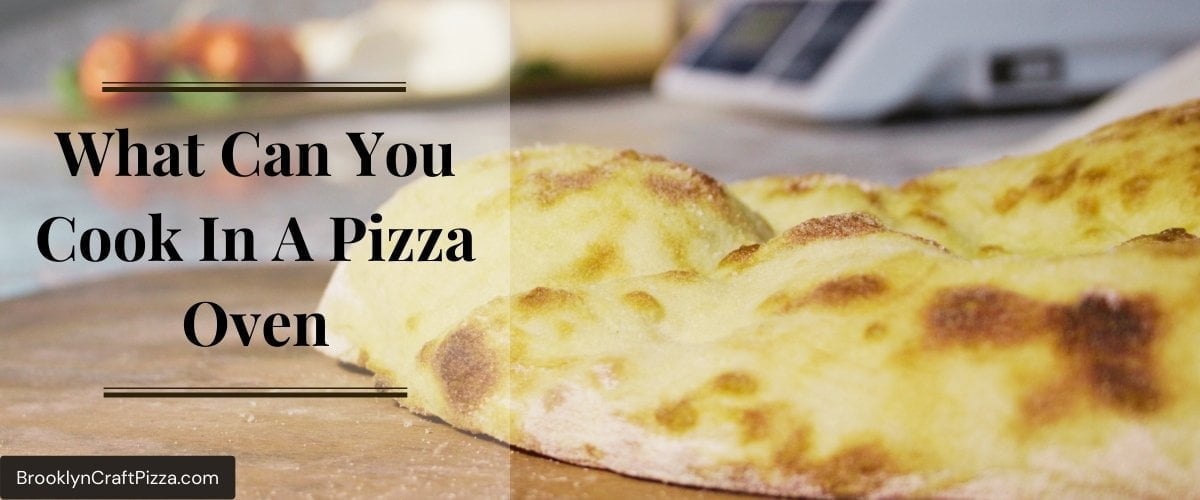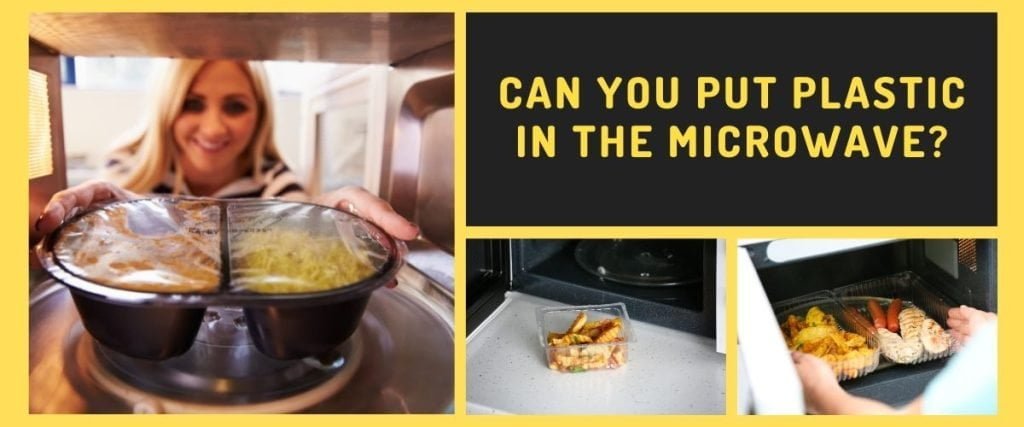
Can You Put Plastic In The Microwave? Is It Safe?
When it comes to using kitchen appliances, there are a few safety rules that everyone should know. Can you put plastic in the microwave? If not, why? What are some other items you should never put in the microwave?
If you’ve ever microwaved a plastic container, you may have been wondering if it’s safe to do so. The answer is not always straightforward, as the safety of microwaving plastic can depend on the type of plastic and the amount of time it’s microwaved.
In this blog post, we’ll provide some safety warnings you must know before microwaving any type of plastic container. We’ll also provide tips on how to avoid potential health risks associated with microwaving plastic.
So, whether you’re a first-time microwaver or an experienced pro, make sure to read on for the safest way to heat up your food containers!
Can You Put Plastic In The Microwave
Can You Microwave Plastic?
It’s a question we’ve all asked at one point or another: can you microwave plastic? The short answer is yes, you can microwave plastic – but that doesn’t necessarily mean that you should.
Here’s what you need to know about microwaving plastic, along with some safety warnings to keep in mind.
When it comes to microwaving plastic, there are three main types of plastics that you need to be aware of:
- Polyethylene terephthalate (PET)
- High-density polyethylene (HDPE)
- Low-density polyethylene (LDPE)
Out of these three types of plastics, HDPE and LDPE are generally considered to be the safest for microwaving. PET, on the other hand, is not recommended for microwaving due to the fact that it can release harmful chemicals into food.
So, if you’re wondering “can you microwave plastic wrap?” the answer is yes – but only if it’s made from HDPE or LDPE. Plastic wrap that’s made from PET should not be microwaved under any circumstances.
When it comes to other types of plastics, such as containers and bottles, it’s always best to check the label before microwaving. If the label doesn’t specifically say that the container is microwave-safe, it’s best to err on the side of caution and not put it in the microwave.
Even if a plastic container is labeled as being microwave-safe, it’s still important to use caution when microwaving it. Always make sure that the container is completely clean before putting it in the microwave, and never heat it for more time than is absolutely necessary.
So, can you microwave plastic? Yes, but there are certain safety precautions that you need to take into account. In general, it’s best to avoid microwaving plastic altogether if possible. If you do need to microwave plastic, make sure to do so with caution and always check the labels before doing so.
Is It Safe To Microwave Plastic?
The quick answer is no. Plastic is made of synthetic chemicals, and when heated, these chemicals can leach out of the plastic and into your food.
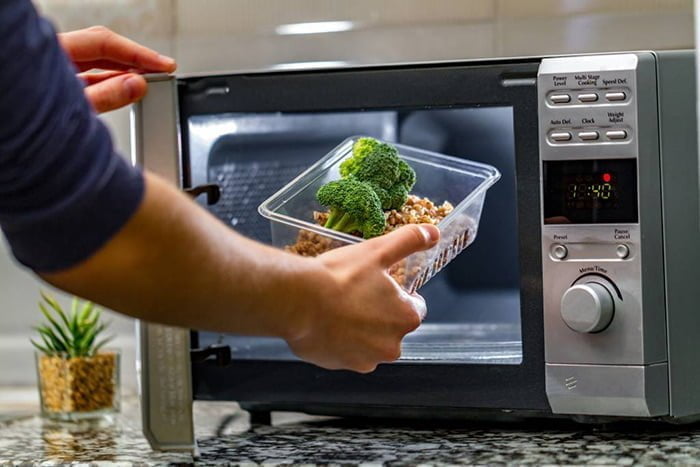
This can be especially harmful if the food is fatty or acidic, as this can cause the chemicals to bind to the fat or acid molecules, making them even more difficult for your body to process.
There are, however, some types of plastic that are safe to use in the microwave. These include plastics that are labeled “microwave-safe” or “heat-resistant.” These plastics will not release harmful chemicals into your food when heated.
So, if you’re ever unsure about whether or not a particular type of plastic is safe to use in the microwave, it’s best to err on the side of caution and avoid using it.
Here’s what you need to know about microwaving plastic.
When it comes to plastic, there are different types and grades. The type of plastic, as well as how it was made, will dictate whether or not it’s safe to microwave.
Polyethylene terephthalate (PET) is a type of plastic that’s often used in food and beverage containers. It’s generally safe to microwave, but there are a few safety precautions you should take.
For example, make sure the container is labeled “microwave-safe.” And if there’s any doubt, err on the side of caution and don’t put it in the microwave.
Another type of plastic, polycarbonate, is sometimes used in food containers as well. However, it can release harmful chemicals when heated, so it’s not recommended for microwaving.
Most plastic items are safe to use in the microwave, but there are a few exceptions. If you’re unsure about whether a particular item is microwavable, it’s always best to err on the side of caution and avoid using it.
Here are some general guidelines for using plastic in the microwave:
- Only use plastic containers that are specifically labeled as being microwave-safe.
- Do not heat plastic containers that have been previously used to store toxic substances.
- Do not put any plastic wrap in the microwave, even if it is labeled as being microwave-safe. Instead, use wax paper or parchment paper.
- Never leave plastic containers in the microwave unattended.
- Do not microwave plastic containers that are cracked or damaged.
By following these guidelines, you can help to ensure that your plastic containers are safe to use in the microwave.
Other Things Related To Can You Put Plastic In The Microwave
What’s In Plastic?
Plastic is made from a variety of synthetic materials, including polyethylene, polypropylene, and polystyrene.
These plastics are derived from crude oil and natural gas, which are non-renewable resources. In addition to being bad for the environment, plastic can also be harmful to your health.
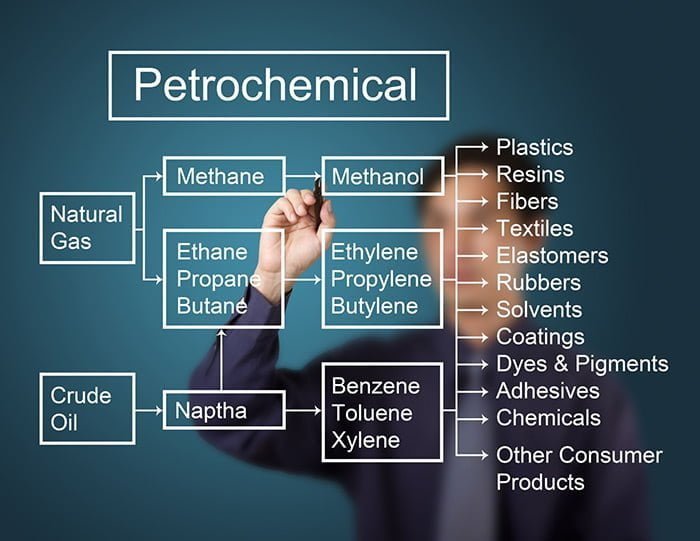
Some plastics contain chemicals like bisphenol A (BPA) and phthalates, which can leach into food and drink and cause health problems.
🔸 BPA is a hormone-disrupting chemical that has been linked to obesity, type 2 diabetes, reproductive problems, and other health issues.
🔸 Phthalates: Phthalates are chemicals that are added to plastic to make it more flexible. They’ve been linked to hormone disruption and reproductive problems.
🔸 PVC: PVC is a type of plastic that contains harmful chemicals, such as phthalates and lead. It’s often used in food packaging and children’s toys.
These chemicals can disrupt the endocrine system and have been linked to birth defects, fertility problems, and cancer.
So, what does this all mean for you? Basically, it’s important to be aware of the potential risks associated with using plastic. If possible, try to avoid using plastic containers, especially when microwaving food. Choose glass or ceramic containers instead. And, if you do use plastic, make sure it’s labeled “BPA-free” or “phthalaate-free.”
By following these tips, you can help reduce your exposure to the harmful chemicals found in plastic.
Why Is It Not Safe To Put Plastic Containers In The Microwave?
When plastic is heated, it can release harmful chemicals into the food. These chemicals can cause a variety of health problems, including cancer.
Some of the health problems that have been linked to exposure to microwave-heated plastics include:
- Cancer
- Hormonal imbalances
- Birth defects
- Reproductive problems
In addition, some plastics can melt when heated. This can cause the chemicals to leach out of the plastic and into the food.
Finally, microwaving can cause plastics to warp or change shape. This can make it difficult to know whether or not the container is safe to use.
It’s important to note that not all plastics are created equal. Some types of plastic are more likely to release harmful chemicals than others. For example, polycarbonate plastics are known for leaching harmful chemicals into food.
So, if you’re ever unsure about whether a particular type of plastic is safe to use in the microwave, it’s best to avoid using it.
In general, it’s best to avoid microwaving plastic altogether. If you must use plastic containers in the microwave, make sure they are labeled “microwave-safe” and take care to follow all safety precautions.
What Happens When Plastic Is Exposed To Heat?
When plastic is heated, it can release harmful chemicals into the food or drink. These chemicals can cause cancer and other health problems.
Some plastics contain bisphenol A (BPA), a chemical that has been linked to cancer, infertility and other health problems. BPA is found in hard plastics, such as those that contain food or beverages.
When plastic is heated, it can release BPA into the food or drink. This is why it’s important to use only microwave-safe plastics.
Other harmful chemicals that can be released from heated plastic include:
🔸 Phthalates: These are used to make plastics soft and pliable. They can disrupt the endocrine system and have been linked to birth defects, cancer and other health problems.
🔸 Dioxins: These are a byproduct of the manufacturing process of some plastics. They can cause cancer and other health problems.
🔸 Furans: These are another type of chemical that can be released from heated plastic. They can cause cancer.
So, what’s the bottom line? It’s best to avoid using plastic in the microwave altogether. If you must use plastic, make sure it’s labeled “microwave-safe.” And, never heat food or beverages in a container that’s cracked or damaged.
The Bottom Line
When it comes to microwaving plastic, it’s best to err on the side of caution. There are some types of plastic that are considered safe to use in the microwave, but there are also many types that can release harmful chemicals into your food when heated.
If you’re ever unsure about whether or not a particular type of plastic is safe to use in the microwave, it’s best to contact the manufacturer for more information.
When in doubt, it’s always best to avoid microwaving food in any type of plastic container.
Types Of Plastic That Are Safe To Microwave
Now you know that can you put plastic in the microwave or not, but are all microwave safe? The answer will be right below.
Not all plastics are created equal. Some types of plastic are more likely to release harmful chemicals than others. However, there are some types of plastic that are considered safe to use in the microwave.
These include plastics that are labeled “microwave-safe” or “heat-resistant.” These plastics will not release harmful chemicals into your food when heated.

So, if you’re ever unsure about whether or not a particular type of plastic is safe to use in the microwave, it’s best to err on the side of caution and avoid using it.
Here’s what you need to know about microwaving plastic.
When it comes to plastic, there are different types and grades. The type of plastic is determined by the resin that is used to make it.
There are seven different types of resins that are used to make plastic, and each has its own set of characteristics.

The most common type of plastic is polyethylene terephthalate (PET or PETE). This type of plastic is clear and stiff. It’s often used to make water bottles, food containers, and peanut butter jars.
PET is considered safe to use in the microwave, but it’s important to note that it can only be heated up to a certain temperature. Beyond that point, the plastic may start to break down and release harmful chemicals into your food.
Another type of plastic that is safe to use in the microwave is polypropylene (PP). This type of plastic is also clear and stiff. It’s often used to make takeout containers, deli cups, and yogurt tubs.
Like PET, polypropylene can only be heated up to a certain temperature before it starts to break down. However, this type of plastic is generally considered safe for use in the microwave.
The third type of plastic that is safe to use in the microwave is polyethylene (PE). This type of plastic is soft and flexible. It’s often used to make Saran wrap, sandwich bags, and food storage bags.
Polyethylene can safely be heated up in the microwave without releasing harmful chemicals into your food.
In general, it’s best to avoid microwaving food in plastic containers that are not specifically labeled as “microwave-safe.”
Some types of plastic, such as Styrofoam, can release harmful chemicals into your food when heated.
Other types of plastic may melt or break down when heated, which can contaminate your food.
If you’re ever unsure about whether or not a particular type of plastic is safe to use in the microwave, it’s best to contact the manufacturer for more information.
How To Tell If A Container Is Safe For The Microwave
This is especially important to remember when using plastic containers, since some plastics can release harmful chemicals into food when heated.
Only use containers that are labeled as microwave-safe and never put unsealed plastic wrap, wax paper, or aluminum foil in the microwave since these materials that aren’t microwave-safe.
A quick way to tell if a plate, bowl or container is safe for the microwave is to look for a microwave-safe label. If you see a “microwave-safe” symbol on the packaging or product, that means it can be used in the microwave.
The microwave safe symbol is usually a square with wavy lines running through it or simply the words “microwave safe” written on the item.
If there is no symbol, that doesn’t necessarily mean it can’t be used in the microwave. Some plastics that do not contain BPA or other harmful chemicals may not have a microwave-safe label, but they are still safe to use.
To be sure, check with the manufacturer or do a quick online search to find out if a plastic is microwave-safe.
Other Ways To Reduce Your Exposure To BPA And Phthalates
Here are some other ways you can reduce your exposure to BPA and phthalates:
- Use glass or stainless steel containers for food storage.
- Avoid using plastic wrap. If you must use it, choose a brand that’s made from polyethylene, which is considered safe.
- Don’t microwave food in plastic containers.
- Choose personal care products that are free of phthalates and other harmful chemicals.
- Read the labels on food packaging carefully. Avoid products that contain “fragrance” or “parfum,” as these may contain phthalates.
- Look for products that are labeled “BPA-free” or “phthalate-free.”
- Avoid using plastics made with PVC.
By following these tips, you can help protect yourself and your family from the harmful effects of BPA and other chemicals found in plastic.
Tips For Microwaving Plastic Safely
The best way to avoid any potential problems with microwaving plastic is to simply not do it. If you must microwave plastic, follow these tips:
✅ Check the label. Only use containers that are specifically labeled as being microwave-safe.
✅ Inspect the container. Don’t use any container that’s damaged or cracked.
✅ Cover the container. Make sure it’s covered with a lid or other material that will allow steam to escape.
✅ Use caution when removing the container from the microwave. The food may be hot, but the container may be even hotter. Use oven mitts or pot holders to remove it from the microwave.
Even if a plastic container is labeled “microwave-safe,” that doesn’t mean it’s necessarily good for your health.
When microwaving food, it’s best to use glass or ceramic containers. If you must use plastic, choose one made from polyethylene, which is considered safe.
Avoid using plastic wrap when microwaving food. If you must use it, choose a brand that’s made from polyethylene. Don’t let plastic wrap touch food during microwaving because it can cause the release of harmful chemicals into the food.
Never put unsealed plastic wrap, wax paper, or aluminum foil in the microwave because these materials can cause sparks and fires.
By following these simple tips, you can help ensure that your food is safe to eat and that you’re not exposing yourself to harmful chemicals.
Tips For Using The Microwave Safely
The microwave is a handy kitchen appliance that can be used to cook or reheat food. However, it’s important to use it safely to avoid accidents and injuries.
In addition to choosing the right containers, there are a few other things you can do to use the microwave safely:
✅ Read the manual. Before using the microwave, be sure to read the owner’s manual. This will help you understand how to use the appliance safely and correctly.
✅ Follow the directions on food packaging. Most packaged foods will have specific instructions for microwaving.
✅ Place food on a plate. Always place food on a plate before microwaving it. This will help prevent splatters and ensure even cooking.
✅ Use a glass or ceramic plate when microwaving. If you must use plastic, choose one that is labeled microwave-safe.
✅ Use microwave-safe dishes. Only use dishes that are labeled as microwave-safe. Do not use plastic wrap, wax paper, or aluminum foil in the microwave, as these can cause fires or release harmful chemicals into food.
✅ Cover food. Use a lid or piece of plastic wrap to cover food when microwaving it. This will help prevent splatters and ensure even cooking.
✅ Avoid using plastic wrap, wax paper, or aluminum foil in the microwave. These materials can cause sparks and start fires.
✅ Set the timer. Be sure to set the timer when microwaving food. Do not leave the appliance unattended while it’s in use.
✅ Don’t overheat your food. This can cause it to lose nutrients and taste bad.
✅ Let the food sit. After cooking, let the food sit for a few minutes before eating it. This will help prevent burns.
By following these tips, you can help ensure that your food is cooked safely and correctly in the microwave.
Alternatives To Microwaving Plastic Containers
There are plenty of safe alternatives to using plastic containers in the microwave. These include:
🔸 Glass containers: Glass is a safe, non-toxic material that won’t release harmful chemicals into food when heated.
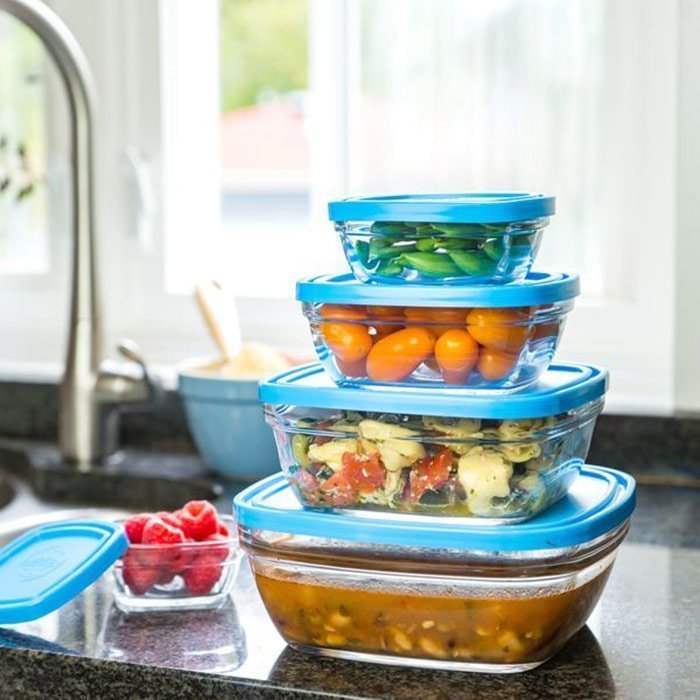
🔸 Ceramic containers: Like glass, ceramic is also a safe, non-toxic material that’s great for microwaving food.
🔸 Paper towels: If you need to heat something quickly and don’t have any other type of container on hand, you can always place it on a paper towel and microwave that. Just be sure to use a clean paper towel that hasn’t been used before.
🔸 Aluminum foil: Aluminum foil can be used to cover up food so it doesn’t splatter everywhere in the microwave. Just be sure not to touch the aluminum foil with your food, as this can cause harmful chemicals to leach into the food.
As you can see, there are plenty of safe alternatives to using plastic containers in the microwave. So, next time you’re tempted to heat up something in a plastic container, think twice and choose one of these safer options instead.
FAQs on Can You Put Plastic In The Microwave
Can plastic go in the microwave?
Some plastics are safe to use in the microwave, but others can release harmful chemicals into food when heated. Only use containers that are labeled as microwave-safe and never put unsealed plastic wrap, wax paper, or aluminum foil in the microwave.
What is the safest material to use in the microwave?
Are plastic cups microwave safe?
So, what should you do if you’re not sure if your plastic is microwave-safe?
If you’re unsure whether a container is safe to use in the microwave, it’s best to err on the side of caution and avoid using it. If you need to reheat food in a hurry, consider using ceramic or glass instead. Paper towels can also be used as a makeshift plate liner, just be sure not to let them touch the food directly.
What types of plastic should not be put in the microwave?
· Polycarbonate
· PVC
· PET
· Styrofoam
· Other plastics labeled with the recycle codes 3 or 7
These plastics can all release harmful chemicals into food when heated, so it’s best to avoid using them altogether. If you must use a plastic container in the microwave, be sure to choose one that’s made from polyethylene, which is considered safe.
When it comes to microwaving food, safety should always be your top priority. By following these tips, you can help ensure that your food is free of harmful chemicals and safe to eat.
How long can you microwave plastic?
What happens if you accidentally put plastic in the microwave?
Instead, let the plastic cool down before carefully removing it from the oven. Once the plastic has been removed, discard it immediately.
Never put plastic in the microwave!
The best way to avoid accidentally microwaving plastic is to simply avoid putting it in the microwave altogether. If you’re not sure whether a container is safe to use, it’s best to err on the side of caution and choose another option.
Glass, ceramic, and paper towels are all excellent choices for reheating food in the microwave.
Are plastic mixing bowls microwave safe?
When it comes to microwaving food, safety should always be your top priority. By following these tips, you can help ensure that your food is free of harmful chemicals and safe to eat.
What is the safest plastic to microwave?
When it comes to microwaving food, safety should always be your top priority. By following these tips, you can help ensure that your food is free of harmful chemicals and safe to eat.
Final Thought
So, Can you put plastic in the microwave?
It is important to be safe when using the microwave. Although microwaving plastic containers is generally safe, it is always best to err on the side of caution and avoid doing so if you are unsure.
If you do choose to microwave a plastic container, take a few minutes to watch it closely and make sure that it does not melt or warp. By following these simple safety tips, you can rest assured that your food will be cooked safely and quickly in the microwave.
We hope you found this post “Can you put plastic in the microwave” helpful. Please share it with your friends and family to keep them safe, too. And don’t forget to check out our other posts for more tips on how to stay safe in the kitchen. Thanks for reading!
Further reading
Can You Microwave Ziploc Bags?
Can You Microwave Paper Plate?


